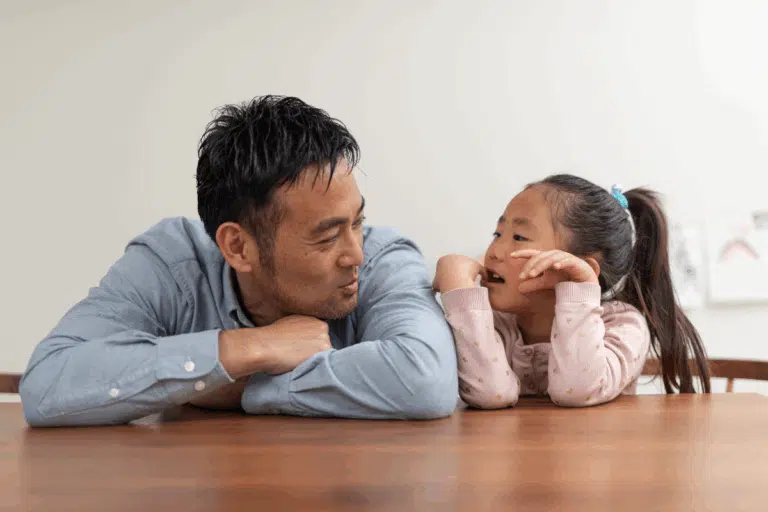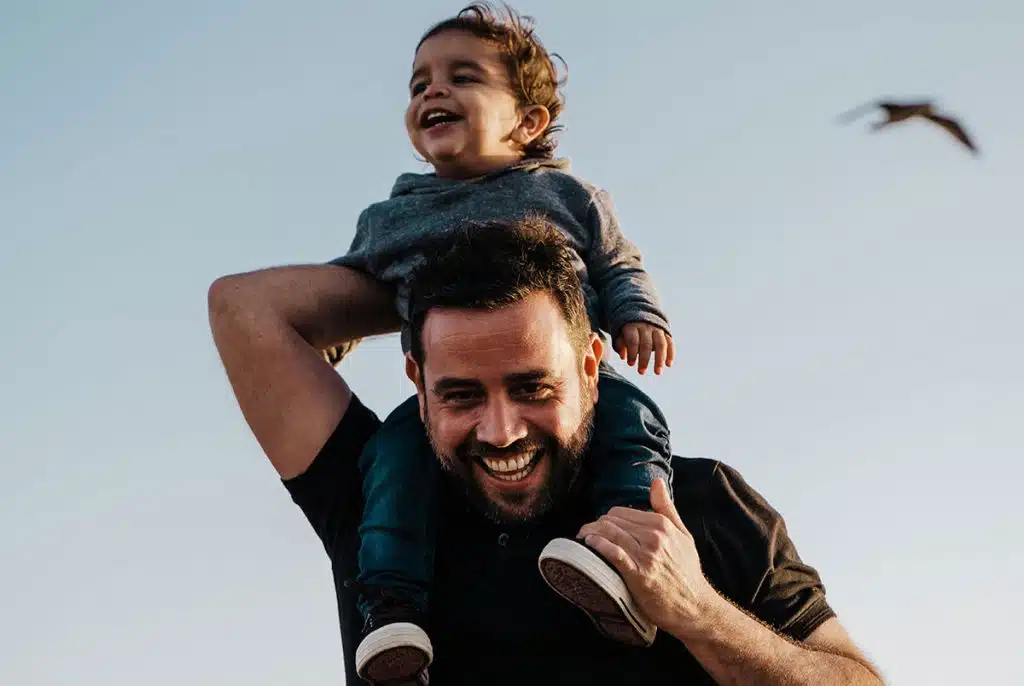За многе парове, одлука да живе заједно је важан корак у њиховој вези и знак њихове посвећености једно другом.
Међутим, све већи број људи се одлучује да остане у љубавним, посвећеним везама, али да не живи под исти кровУместо тога, они „живе одвојено заједно“ (скраћено LAT).
Па, како то да људи бирају да наставе да живе самостално? Разговарали смо са Сенди – нашом специјалисткињом за саветодавну праксу у Relationships Australia NSW, како бисмо сазнали више о томе зашто људи доносе овај избор, шта га покреће и неке од користи које то може донети... романтичне везе.
Шта значи „живети одвојено заједно“
Људи који живе одвојено заједно (LAT) су у дугорочним романтичним везама, али бирају да живе у различитим домовима.
Подаци аустралијске владе показују да седам до девет процената људи не живи са својим партнером.
Важан део ЛАТ-а је то што се то ради по избору. Постоји много парова који су „нажалост раздвојени“ – можда јесу раздвојено растојањем, или друге околности (нпр. финансијске, културне) које их спречавају да живе заједно током одређеног временског периода.
За оне који следе ЛАТ начин живота, то је дугорочна одлука донета са њиховим партнером.
Зашто људи живе одвојено у вези
Према Сенди, многи парови доносе ову одлуку како би задржали извесну аутономију и финансијску слободу.
„Људи који веома позитивно говоре о ЛАТ-у кажу да добијају најбоље и од своје независности и од везе са партнером“, објашњава она.
„Неки људи заиста цене свој простор и рутину и желе да се тога држе. Дакле, то је начин да се то прилагоди, а истовремено да се има веза и романса.“
Такође може бити покушај да се минимизира утицај нова веза са децом ако још увек живе код куће.
Елизабет Шо, извршна директорка организације Relationships Australia NSW, каже да старије жене и људи који су раније били у браку или дугорочним везама предњаче у LAT везама. У многим случајевима, оне не желе да угроже породични дом или су већ прошле кроз нагодбу и развод брака, што не желе да понове.
„Жене, посебно, уживају у независности која произилази из тога што нису обавезне никоме, ако је то била карактеристика других фаза [као што су деца, старији родитељи и радне обавезе]“, рекла је Елизабет за АБЦ.
Такође је додала да то може донети узбуђење многим везама.
„Људи су ми рекли да веза не постаје устајала зато што морате да радите на томе – морате да се потрудите да се видите. [ЛАТ везе] улазе у другачији начин размишљања уместо да се само зауставе у вашем дворишту и знају да је [њихов] партнер на каучу. Постоји нешто посебно и узбудљиво у томе када се потрудите да се видите.“
Иако људи могу да одлуче да не живе заједно, и Сенди и Елизабет наглашавају да то не значи да нису мање посвећене једна другој.
„Важно је да раздвојени живот не посматрамо као показатељ посвећености – људи могу бити подједнако посвећени животу одвојено као и заједно“, каже Сенди.
Такође је важно напоменути да се многе од ових претпоставки односе на хетеросексуалне везе и оне који имају финансијску подршку и привилегију да одаберу да живе одвојено.
Погледајте ову објаву на Инстаграму
Објаву коју дели Релатионсхипс Аустралиа НСВ (@релатионсхипснсв)
Како људи могу напредовати живећи одвојено заједно
Пар који не дели исти простор може елиминисати неке од свакодневних фрустрација попут тога ко кува вечеру, пере веш или шета пса.
Али, то не значи да одатле све иде глатко.
Сенди предлаже да партнери разговарају о томе каква су њихова очекивања, укључујући колико често желе да се виђају и како проводе време заједно. То може бити неколико дана без прекида или повремени оброци током недеље и више времена викендом.
Баш као и парови који живе заједно, Сенди препоручује да одржавају отворене комуникацијске линије и редовно се проверавају како ствари стоје.
„Кључно је да комуницирају шта им је важно и да разумеју своја очекивања и шта могу да испуне једно за друго.“
„Ако постоје велике разлике у томе, то може вршити притисак на те односе. Али опет, ништа од тога није искључиво за везу у којој живите одвојено. Можете живети у истом простору и доживети га подједнако.“
Ако сте у ЛАТ вези или желите да је истражите, Relationships Australia NSW је ту да вам помогне. Са нашим искусним... саветници за парове, помажемо људима да воде отворене разговоре у неутралном окружењу, без обзира на то у којој се фази односа налазе.
Повезане услуге и радионице

Саветовање.Парови.Ментално здравље.ЛГБТКИА+
Цоуплес Цоунселинг
Односи могу бити тешки, а понекад нам је свима потребна додатна подршка и смернице које ће нам помоћи да кренемо напред. Саветовање за парове у РАНСВ-у нуди окружење подршке у којем можете разговарати о забринутостима, превазићи тензије и ојачати своје партнерство.

Саветовање.Физичка лица.Старији људи.ЛГБТКИА+
Индивидуално саветовање
Живот може бити пун успона и падова. Иако можемо сами да превазиђемо већину изазова, понекад нам је потребна додатна подршка. Индивидуално саветовање нуди окружење подршке за идентификацију и решавање проблема и забринутости.

Саветовање.Парови.Животна транзиција
Припремите и обогатите
Нормално је да доживите помешане емоције када кренете у следећу фазу везе. Било да сте узбуђени, узнемирени или негде између, Препаре анд Енрицх ће вам помоћи да оснажите и ојачате ваше партнерство у будућности.






